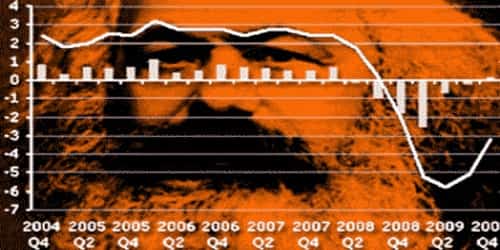Bangladesh has recently entered into the world of e-commerce. Bangladesh Bank (BB) opened up the e-commerce transactions in the net in 2009. Subsequently Dutch-Bangla Bank Limited (DDBL) has launched Internet Payment Gateway (IPG) in the name of Nexus-Gateway in June, 2010 and BRAC Bank in December, 2010. Meantime, a few e-merchants have developed their web-sites and linked with the IPG of the banks.
Bangladesh has recently entered into the world of e-commerce. The complete journey of e-commerce has four steps. These include the go-ahead signal of the central bank, launching internet payment gateway (IPG) by commercial banks after obtaining go ahead signal of the central bank, development of appropriate website by e-merchants to display and sale their products and services, and buying of goods and services by the customers from the e-merchants.
Of late, the Bangladesh Bank – the central bank of Bangladesh – gave the green signal for the e-commerce transactions in Bangladesh in 2009. Consequent upon the opening of the e-commerce era in the country, Dutch-Bangla Bank Limited (DDBL) launched IPG in the name of Nexus-Gateway in June, 2010 and BRAC Bank, in December, 2010. Launching of IPG has practically opened up the door of e-commerce in Bangladesh.
Now interested e-merchants have, at least, two IPGs in Bangladesh where they can get connected and receive payment from the buyer’s credit/debit cards for their goods and services. At present the e-merchants can accept MasterCard (of any bank of the world) and 1.7 million DBBL-Nexus Cards through the IPG of DBBL, and Visa Card (of any bank of the world) through the IPG of BRAC Bank.
In Bangladesh, the e-commerce has overcome first two important steps. Implementing step- three is the responsibility of e-merchants and success of step-four lies with the use of customers.
Having the IPG in place, the e-merchants can now develop websites and display their products with picture and price. Alternatively the IT firms can develop and host appropriate web portals on behalf of the small merchants who want to sale goods and services in the web, but development and maintenance of website is not feasible for them. The IT firms can earn revenue from such merchants on transaction basis or on a monthly rental basis.
Meantime, desco.org.bd, chorka.com and clickbd.com have developed their own internet website and integrated with the IPG of DBBL. The sslcommerz.com.bd, a web portal integrated with the IPG of DBBL, has eleven e-merchants namely ekushey.com.bd, champs21.com, bdjobs.com, boi-mela.com, kenakata24-7.com, mydomainic.com, ebaybd.net, paribahan.com, rkmdhaka.org, ticketdao.com and star-ejobs.com.
The bangladeshbrand.com, amardesheshop.com, shurjomukhi.com.bd, technobd.com and bdjobs.com have their own websites for e-commerce that are integrated with the IPG of BRAC Bank.
The last but the most important initiative has to be taken by the customers by purchasing goods and services from the e-merchants’ websites / web portals using their debit/credit cards to make the e-commerce a success. The present usage statistics is not encouraging for all the parties: e-merchants, web portal deplorers and banks.
The merchant commission — a fee to be paid by the merchant to the bank in percentage of the sale value — is higher for e-commerce transaction than that of the POS transaction. The e-merchant also needs to pay a fee to the owner of the web portal if the website is not owned by him. On the other hand, an e-merchant does not require to establish shops at the prominent and costly locations of a city, they only have to maintain warehouses in various low cost locations from where they can deliver goods to the different parts of the city / country easily with minimum transportation cost.
The ultimate result is: the e-commerce players are at a competitive advantage to retailers. They have lower operating expenses and better inventory management due to operating in a virtual commerce environment. For example, amazon.com has revenue per employee of nearly $850k while its retail counterpart, Best Buy, generates revenue per employee of only $270k.















